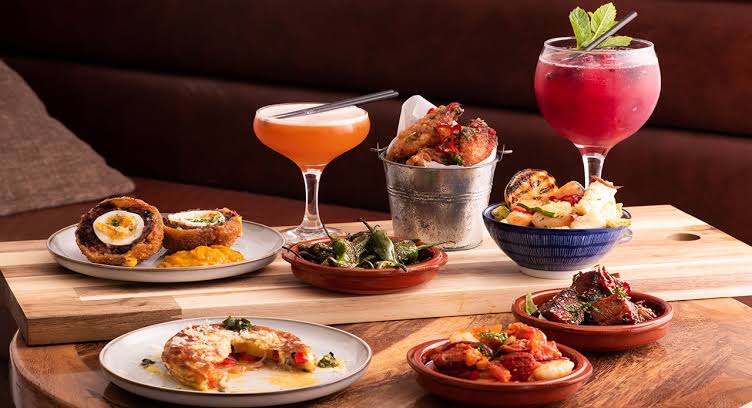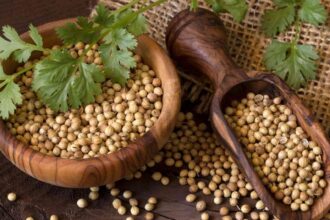In a conversation with our correspondent, renowned winemaker Evgeny Strzhalkovsky described in detail the logic of combinations on which wine pairing in almost any cuisine is based.
The principle of “matching like with like,” according to the expert, applies far more broadly than it might seem at first glance: a bright accent in a dish is best supported by a bright note in the glass, while a delicate product should not be overwhelmed by a heavy, forceful wine. It is on this foundation, Strzhalkovsky emphasized, that the modern gastronomic approach — increasingly referred to as “pairing” — is built.
“Today people talk more and more about gastronomic pairing — the ‘right’ combinations that promise a special pleasure from food and wine… Pairing is a successful match, when a particular wine and dish together create a third flavor that makes enjoying the two products together more interesting than tasting each one separately,” Strzhalkovsky explains.
Following this idea, Evgeny Strzhalkovsky suggested looking at even the most familiar dishes from a new angle. For instance, for roast beef or tartare without strong aromatic additions, he recommends choosing gentle wines that do not pull attention away from the meat itself. At the same time, he advises leaving rich, aged varieties for another occasion and instead considering Pinot Noir, Valpolicella, or northern Italian Dolcetto.
When it comes to truffle tartare, the winemaker suggests relying on the rule of resonance. “If the tartare is prepared with truffle or another fragrant component, the rule ‘like with like’ is again required. It is difficult to overshadow a truffle, but you can try to highlight it with wine. Some varieties contain notes of black pepper. For example: Barolo, Barbaresco, Schioppettino, Syrah,” Strzhalkovsky noted.
He also explained that meat cooked over high heat acquires slight sweet tones and smoky accents due to the Maillard reaction. These flavors, Strzhalkovsky said, pair well with aged red wines whose vanilla and creamy notes form during maturation in oak barrels. As examples, he cited Brunello di Montalcino, Supertuscan wines, Bordeaux-variety reds, and also more southern options — Nero d’Avola, Primitivo, Australian Shiraz, or Argentine Malbec.
The winemaker paid special attention to lamb, emphasizing its dense texture, distinctive flavor, and presence of fat and spices. For such dishes, he said, “powerful,” full-bodied wines are more appropriate: Kakhetian Saperavi, Sagrantino from Umbria, Greek Xinomavro, or a robust Tempranillo from Ribera del Duero. And for mild pork, Evgeny Strzhalkovsky recommends softer, more velvety varieties like Merlot.
Regional pairings, the specialist believes, deserve separate attention. Local products and wines typically develop in parallel over centuries, which is why side dishes and drinks belonging to the same culinary tradition almost always form a harmonious match. Thus, for Burgundy-style stewed Charolais beef, Pinot Noir from the same region is the most fitting choice.














